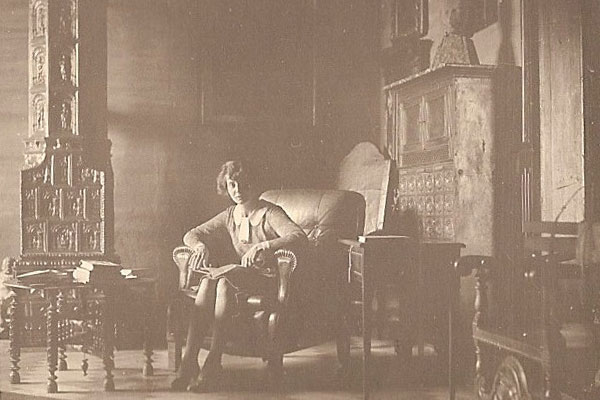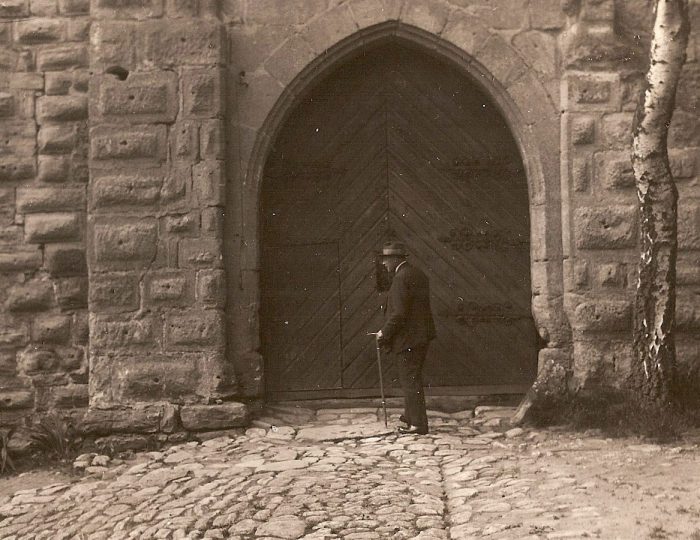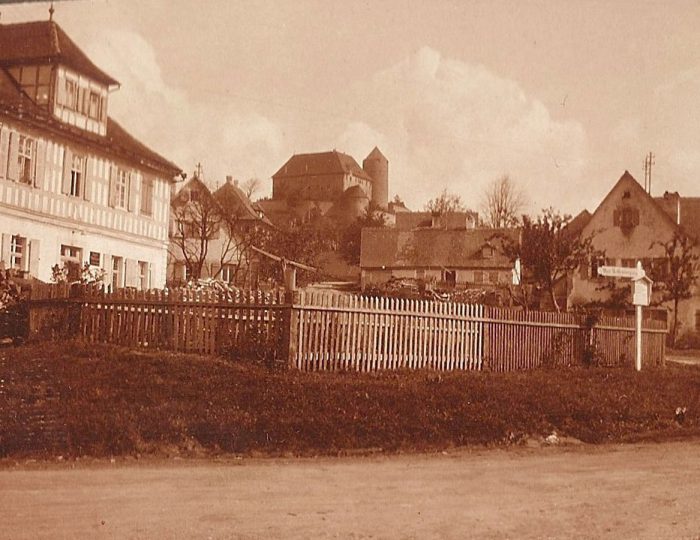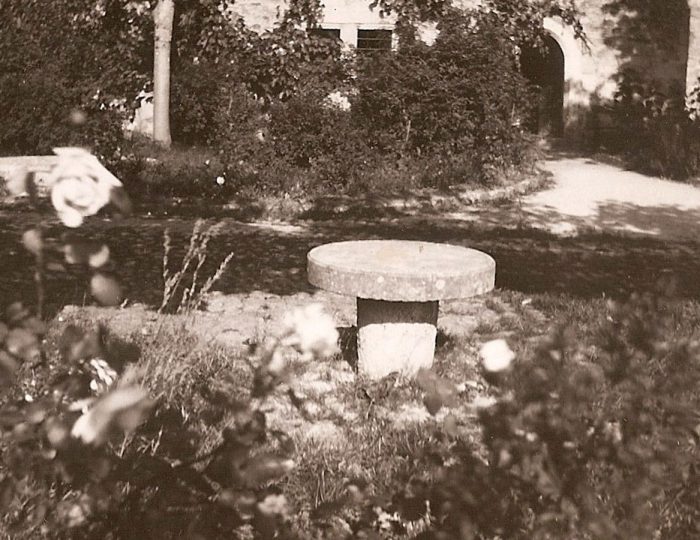The history of the majestic Colmberg Castle extends from the Stauffer Emperors via the robber barons up to Margrave Friederich I. True stories blend in an exciting and fascinating way with mysterious sagas of white ladies and ghosts, which are a must in a castle as old as Colmberg’s.
First mentioned in the 13th century
One of the most important deeds – alongside the reference to two castle damsels, Sophie and Gertrud in 1269 in the council annals of Rothenburg – is a purchasing agreement of 17 July 1318.
Burgrave Friedrich IV of Nuremberg purchases the castle.
Friedrich VI. of Hohenzollern becomes Markgrave of Brandenburg.
Colmberg falls under Prussian administration.
The castle becomes the seat of the revenue office of the Kingdom of Bavaria.
The castle is owned by the last Imperial Consul in Japan.
The Unbehauen family of Colmberg buy the castle and reconstruct it into a comfortable hotel.
Traces of Neolithic hunters were found on the Heuberg, which is situated directly above the village of Colmberg. During Celtic times there may even have been a small settlement. From 720 onwards, this area was taken over by the Franconian kings and used as a hunting area. Even Charlemagne is said to have hunted aurochs here. The nearby village of Auerbach reminds us of this today.
During the Carolingian period, a small stockade with a wooden tower was built here on the 511 metre high hill, 54 metres above the valley floor. The Stauffer Emperors extended the stockade in 1140 into an Imperial Castle. Following the violent demise of the Stauffers in Italy, the Earls of Truhendingen held on to their imperial fiefdom in the long, emperor-free, terrible times and considered it soon to be their rightful property. They left the castle to be managed by poorly-paid bailiffs, who used this period without rights for themselves, carrying out autocratic assaults. Due to the Earls of Truhendingen getting into ever deeper financial woes, they divested themselves of the this fortress of ill repute, a documented robber baron castle, and sold it to Burgrave Friederich IV. of Nuremberg. The fortress with its surrounding land was an important possession of the Hohenzollern for almost 500 years.
Friedrich VI. now ruled with his wife, Elisabeth von Bayern-Landshut (“Schön-Else” – “beautiful Else”) here in Colmberg Castle with a small court.
His court-master Ehrenfried von Seckendorff mocked the Burgrave, saying he had sunk to being a “rabbit-hunter” and should better help King Sigismund of Hungary against the Turks. Friedrich VI followed this advice and said goodbye to his wife in 1409. After his successful military campaign, Friedrich was staying once again in Colmberg Castle with his wife in 1415 when the Imperial Herald informed him officially of the Ruler’s gratitude, namely the investiture of the Margraviate of Brandenburg. From now onwards, he called himself Friedrich Margrave of Brandenburg. This meant a significant rise in standing. He and his descendants were entitled to elect future German Emperors, as the Margrave was one of seven electoral princes who had this right! Burgrave Friedrich VI now became Margrave Friedrich I. When he died in 1440, the castle became “Schön-Else’s” widow’s seat for two years. Pictures of the famous couple can be seen above the harmonium in the castle chapel. Their descendants became kings of Prussia in 1701 and German Emperors in 1871. Colmberg Castle was thus the Hohenzollerns’ stepping stone to world history!








